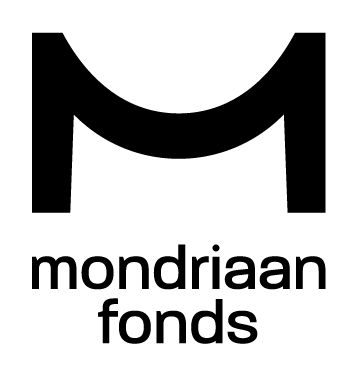Published in 2017 on Art Viewer
Two works compared to two works.
1 there is this transparency of methodology, one can trace the sequence of proceedings
easily, we move along-we read along the maker’s decisions (3), we move forward (1a). It
counters the notion of the mythical author and of knowledge unavailable to the viewer. It is
an affirmation of the work’s clarity: there is nothing more or hidden that constitutes its
being, no hidden origin or further cause. It also aligns itself with a known artistic strategy,
conceptual and formal and indexical in nature. Tradition serves as informational material
and as spatial context.
2 the prominence of the wall as indication of the bearer. Works punctured show the
materiality by disclosing their depth until stopped by the wall: the bearer than as material of
the picture. A pictorial form thus attests to its sculptural nature as well as the historical
frame of our gaze, picture and the bearer as the world of our gaze. Sometimes: as shown
in the work Untitled (a leader), the wall returns and it recedes, pictorially and as its double
as puncture, void. Or vice versa: the spots as bearer, the material of support (2a).
2a material, often profane, manipulated -or left- (3a) with imperfection. The material refers
to its status as nature vs that of idea, to its quality as the contingent agency that informs.
2a.1 Also the handling of material serves as the canvas that traces ‘doing’ and hesitance.
Threshold (5) of decision-making and time (3). Plus: the profane is the materiality of the
world as such, it indexes its mean value.
3 hovering in between (in between a phrase used too often, but apt here), the paintings
want to disappear into its installation, into being mere references. They also want to
disappear as witnesses to the two-dimensional tradition but they also want to re-appear as
the witnesses to the tradition that has overcome the two-dimensional tradition (like Frank
Stella let’s softly say). And vice versa. Time and tradition than the hinge-points to
alternation (1).
3a a ‘maker’ and a making appear in the …
